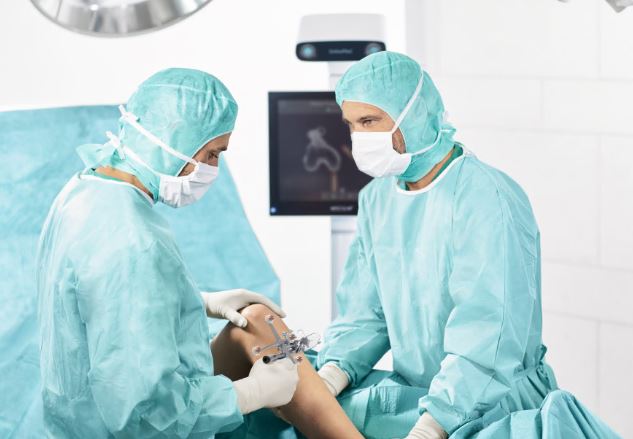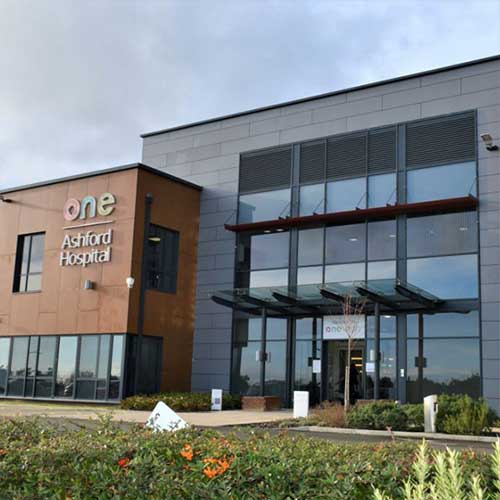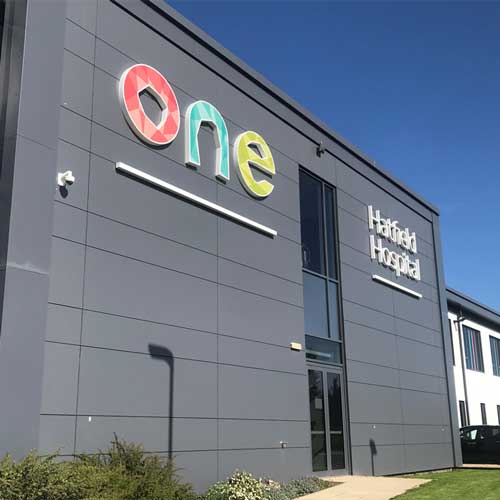Mr Reza Jenabzadeh, Consultant Orthopaedic Surgeon at One Hatfield Hospital, is one of only a handful of surgeons who perform computer navigated joint replacement in the UK. He has been offering computer navigated joint replacements at One Hatfield Hospital since he joined the team in towards the end of last year.
In this article, Mr Jenabzadeh tells us more about this technique and why he champions this technology.
What is computer navigated joint replacement?
The concept of computer navigation in surgery is well established, and is frequently used by neurosurgeons performing intricate brain surgery. This technology allows the surgeon to simultaneously visualise 2 or 3D views of the patient’s anatomy on a monitor, and provide real-time views of surgical instruments and the positioning of implantable devices.
 Computer navigation acts as a guide for the surgeon – essentially as a ‘mini GPS system’ – that allows the surgeon to create and execute a surgical plan leading to accurate implant placement, minimal tissue disruption and less bone removal.
Computer navigation acts as a guide for the surgeon – essentially as a ‘mini GPS system’ – that allows the surgeon to create and execute a surgical plan leading to accurate implant placement, minimal tissue disruption and less bone removal.
What surgeries can it be used for?
It can be used for total knee replacement, partial (unicompartmental) knee replacement, total hip replacement and revision hip replacement.
How new is this technology?
First introduced about 15 years ago, this type of surgery is used in the NHS and independent hospital settings. Navigation has evolved during this time and it is now considered as the ‘cutting edge’ technology used in joint replacement.
What are the benefits of using computer assisted navigation compared to traditional surgery?
Computer navigated surgery improves the precision of implant placement – alignment, soft tissue balancing and restoring mechanical axis of the lower limb. The evidence shows that this leads to a much better functional result for the patient, including:
- reduced risk of revision surgery (to replace or compensate for a failed implant)
- reduced risk of incorrect positioning
- reduced risk of leg length inequality in hip surgery
- reduced risk of fat embolus (which can cause a blockage of blood flow)
- reduced the risk of blood loss
- reduced incision size and soft tissue damage.
What type of patient would benefit from computer assisted navigation surgery?
Any patient undergoing hip or knee replacement will benefit from computer assisted surgery. It’s particularly useful for complex cases where patients may have severe complex cases such as severe deformity, obesity or previous long bone fractures.
Are there any risks or complications compared to traditional surgery?
No – computer navigation actually reduces the risk of a fat embolus or bleeding with total knee replacement.
Is recovery any different than a traditional surgery?
Recovery should be no different to traditional surgery. The patient will start walking with the aid of crutches or a frame the day after surgery. They will need this for anything up to six weeks. Patients with unicompartmental knee replacements find that their knee feels ‘more natural’ and has a greater bend.

 One Ashford
One Ashford One Hatfield
One Hatfield